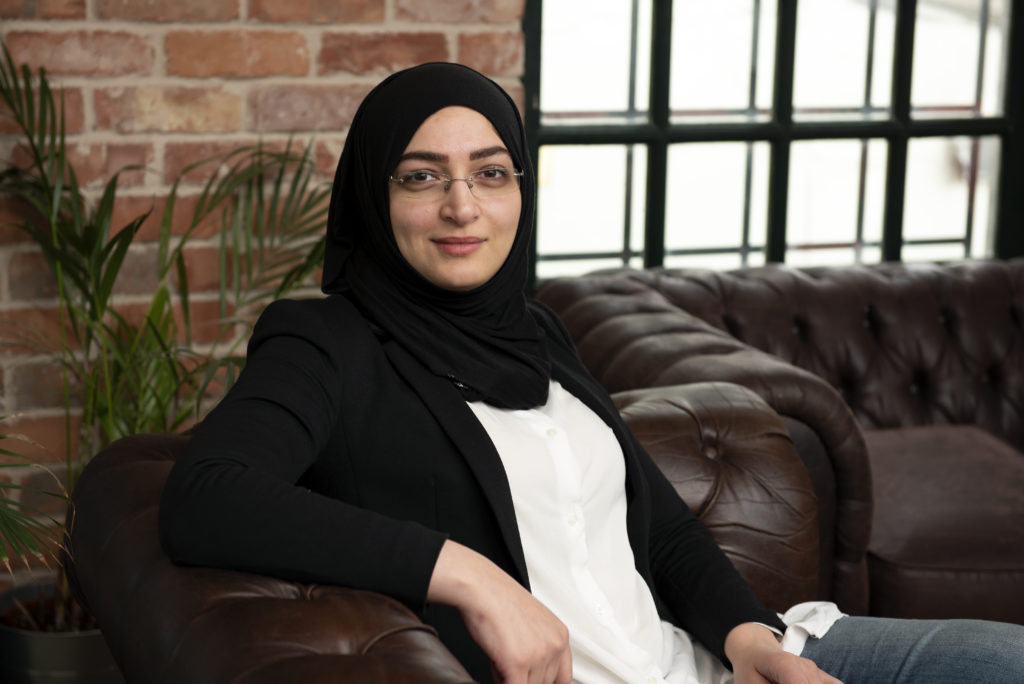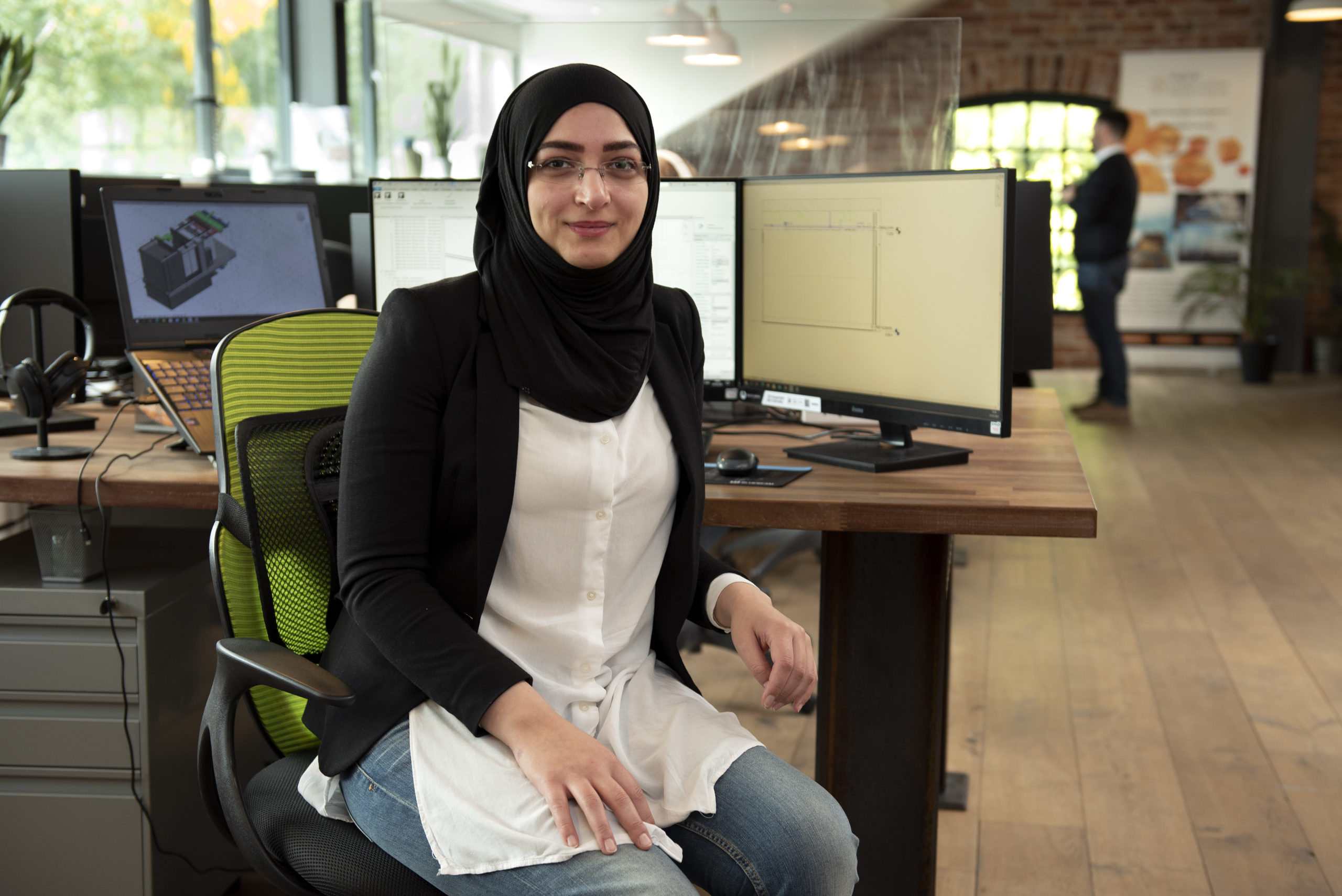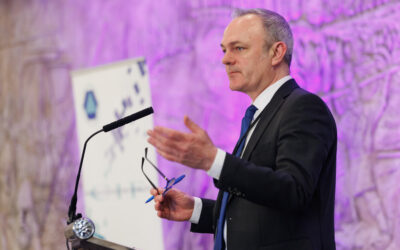Roqaya Abou Klaib is by her own admission a ‘zealot about technology in construction’. Originally from Kuwait, Abou Klaib recently completed her masters in Applied Building Information Modelling and Management from Technological University Dublin before joining Digital Construction Technologies (DCT) Group, which has offices in Dublin, Croatia and Argentina.
As its name suggests Digital Construction Technologies Group offers clients the opportunity to virtually construct a project prior to the physical build. The chief method of doing this is through Building Information Modeling, or BIM, a technological innovation which is fast becoming a standard across the industry.
For Abou Klaib, whose primary degree is in architecture from the American University in Kuwait, the collaborative and digital aspect of BIM is miles away from the days of using a raft of software such as Word, Excel and AutoCAD to piece together a project, then uploading it all onto a CD Rom, shipping it in the post, hoping it arrives, and if it does, then hoping the client’s computer is compatible.
With BIM Abou Klaib explains “we consider models as objects.” What that means in effect is that the client has a far better picture and understanding of a project well before there are boots on the ground.
“Because everything is in the cloud, there’s no need to exchange CDs,” Abou Klaib explains. “Everything is accessible by all the team members. At any time anyone from the team can go to a collaborative platform and get all the information and get the most updated model.”
While the benefits of BIM are multiple, Abou Klaib says at a basic level it helps cut down on confusion and push clarity to the front. At DCT, where Abou Klaib is a junior BIM technician, a core part of the company’s mission is explaining BIM to clients and showing how it can work for them.
Because software is only as good as the people who are using it, Abou Klaib said one of “DCT’s roles is to support clients who don’t yet use BIM. We offer them collaborative platforms and we give them training and sessions on how to use these platforms and how to share information.”
As she explains, by introducing clients to software such as Navisworks. “It makes a huge difference,” Abou Klaib says, adding that ultimately the digital and collaborative approach makes projects more efficient.
Abou Klaib says the demand for BIM with clients in Ireland is really increasing, and the pandemic is likely to make an even stronger case for BIM. “BIM is one of the best solutions for working through the pandemic, especially as everybody is working remotely.
“In our own company we’re working from three different countries, but all of us can access the same files at the same time, and we can all see the last updates by each team member.” When Abou Klaib moved to Dublin one of the first things she did was to find out where she could study BIM, which is how she found her way to TU Dublin.

Roqaya Abou Klaib, Junior BIM Technician, DCT Group Ireland. Pictures: Maura Hickey.
Growing up in Kuwait her family were involved in the construction industry, so building has always been there in the background. A quick perusal of DCT’s website reveals that many of the projects they are involved with are providing the models for data centres, which require advanced technology such as laser technology in building them out.
Abou Klaib is also well-placed to observe what the barriers are from preventing BIM becoming more widespread in the construction industry – this question formed part of her thesis at TU Dublin.
Chief amongst her findings is that for the adoption of tech like BIM to become more widespread, management culture needs to change. As she pointed out, some managers are resistant or reluctant to change, preferring to stick with traditional software, but as Abou Klaib points out there’s a financial cost to not moving forward, and it hurts overall efficiency.
Abou Klaib also says that contracts need to be more collaborative. By way of example, she points out the benefits of integrated project delivery (IPD), a core concept in construction project delivery that seeks to improve efficiency through greater involvement by all participants and through all phases of construction from design through to the finishing stages.
In the end “it’s all about savings,” she says. “Saving time, saving cost, reduced waste.” “If you have an accurate output in the project, ultimately you’re reducing waste,” she adds.
And at a time when our planet is screaming out for a reduction in waste, software that could get us there is badly needed. As are the ones who can show us the way.








